Using Running Records
Being a Special Educator is similar to choreographing a three-ring circus! The art of juggling should be a required course in Special Education educator prep programs.
From IEP writing to teaching to presenting at IEP meetings to many, many more important tasks, Special Educators must be skilled at varying and many areas of expertise; however, one aspect can be the most difficult to manage: PROGRESS MONITORING The data is one of the single most paramount competencies of the field of Special Education; thus, data collection is one of the most critical skills a Special Education teacher can possess. Without evidence, we just have beliefs, and beliefs do not hold up in court (remember IEPs are legal documents). Data collection, on the other hand, can be annoying and cumbersome. Who wants to interrupt teaching to assess? And don't we assess our students enough? As a result, then, assessment should be seamlessly integrated into teaching (and/or daily routines); but - how do you do this when your 'small groups' have varying IEP goals and objectives? However, even if I have 10 students with 3 working on comprehension, 3 working on phonics, 2 working on vocabulary, and 2 working on fluency, they are at least all working on the subject area of reading. So no problem! There are five facets of reading: phonemic awareness, phonics, and word study, vocabulary, fluency, and comprehension.
As a result, all of the students in your reading groups will have IEP goals that fall within one of the subcategories of reading.
The first step, then, is to identify one assessment tool that can evaluate ALL students in ALL areas of reading. The solution to all of these issues is employing what I call Reading Rubrics! The research has proven that running records are subjective - click HERE to check out my blog about 5 Reasons to NOT use Fountas and Pinnell's running records as our benchmark systems. So I do not recommend basing a referral for Special Education services, basing future IEP goals, or even saying a student has met a goal based on a running record! BUT - running records give us great information! Running records give us great information!
And we can use all of this information to help us guide our instruction. By using a running record to determine how a student is applying taught skills, we can strengthen our instruction for enhanced student progress
Check out my running record templates HERE!
Students learn to read with the ultimate goal of being able to comprehend a text. We read to learn and gain information! So when we assess reading, we are seeking to measure a student's reading comprehension and what (if anything) is impacting their path to being able to comprehend text.
Comprehension is the understanding and interpretation of what is read. To be able to accurately understand written material, students need to be able to... (1) decode what they read (2) make connections between what they read and what they already know; and (3) think deeply about what they have read. We can look at each of these areas with one tool - the running record.
Phonemic Awareness, Phonics, and Word Study (Decoding)
Reading Rubrics expand on the tool of a running record. As students are reading aloud, collect data on the section they read. Write down the errors of the student AND mark the section the student read. But, first, record the text level of the passage being read aloud. This will not interrupt the flow of the lesson or the teaching AND it can be done for each student in the reading group without pause. Later, convert the number of words a student read correctly into a percentage for word reading accuracy. For example, if you wrote down 10 words that were read incorrectly and 30 words were read in total, subtract the total number of words read incorrectly (errors) from the number of running words in the text. So, 30 - 10 = 20. Then, divide the answer (words read correctly) by the total number of running words or words read. So, 20 divided by 30 equals 67 percent. Word accuracy can help determine the reading level of the student: Easy Text: 96-100% accuracy Instructional Text: 90-95% accuracy Hard Text: below 90% accuracy Running records, not only provide educators with word reading accuracy, they are also a tool for identifying error patterns. Therefore, take time to analyze the errors a student made when reading words. For example, did a student read the words with /ed/ endings incorrectly Analyze a student's reading thoughts on what source the student is utilizing for word reading accuracy. What are the lagging phonics skills? Is the student applying learned skills, or are they guessing at words?
Fluency (Decoding)
While a student is reading, use a timer to gain a fluency score for a student. How many words does the student read accurately in one minute? The Hasbrouck-Tindal oral reading fluency chart is a good tool for grade level fluency standards. The chart correlates oral reading fluency rates of students in grades 1 through 8, as determined by data collected by Jan Hasbrouck and Gerald Tindal to grade level expectations. Vocabulary and Comprehension (Connections and Understanding) When a student has finished reading a text aloud, quickly assess his/her oral reading comprehension. Tell me about what you read. What was the setting? Who are the characters? What does this word mean in the text? What is the problem? Why was this a problem for the character? Did the characters try to solve the problem? How? When we assess a student's reading comprehension, the information we need to collect should describe how well the student does with particular types of texts. Our information should look at a student's understanding of text in terms of discourse types, length, topic familiarity, and difficulty. This is more conclusive data than trying to figure out which comprehension skills the individual question responses may reveal. Note the level of prompting that the teacher provided. Record the students level of comprehension on both literal and inferential questions. The answers will enable the teacher to subjectively assess the student's general understanding of the text. Here's a quick video on how I use RUNNING RECORDS with my students!
You can read more about how I teach reading comprehension HERE!
While all of this data will not provide enough for evaluation purposes, Reading Rubrics will act as instructional tools AND data collection tools for progress reporting toward IEP goals! Happy & Healthy Teaching! PEACE, Miss Rae Related blogs...
0 Comments
|
CategoriesAll 504 Academic Testing Academic Testing Reports Achievement Testing Reports Back To School B/d Reversals Coronavirus COVID-19 Discrepancy Model Distance Learning Distance Learning With LD ELL Emotional Disability Executive Functioning Extended School Year First Year Special Education Teacher Advice Fluid Reasoning FREEBIES Goal Tracking IEP IEP At A Glance IEP Goals IEP Meetings Learning Disability Oral Reading Fluency Positive Affirmations For Special Education Students Progress Monitoring Reading Remote Learning RTI Rubrics Running Records SEL For Learning Disabilities Social Emotional Learning Special Ed Teacher Interview Questions Special Ed Teacher Job Description Special Education Special Education Progress Reports Special Education Reading Special Education Reading Programs Special Education Students Special Education Teachers Special Education Teachers Positive Affirmations Special Education Teacher Tips Special Education Websites Specially Designed Reading Instruction Teaching Strategy Trauma Wilson Reading Wilson Reading IEP Goals Writer's Workshop |
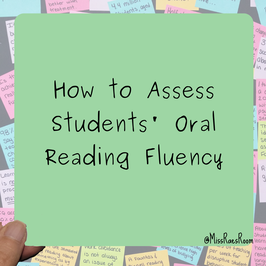
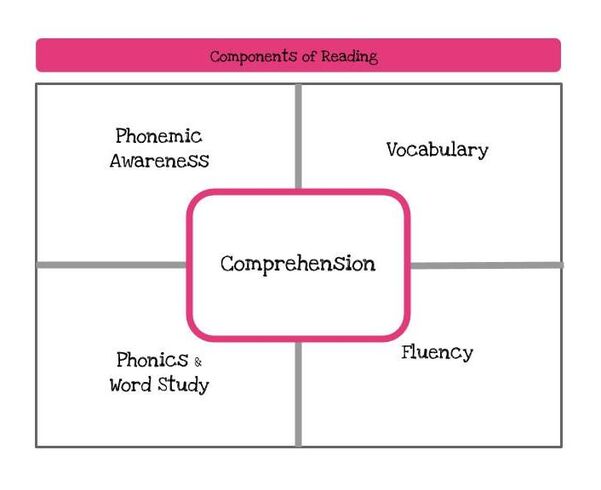
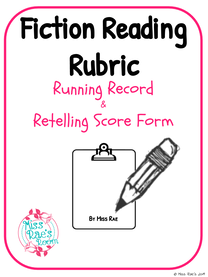
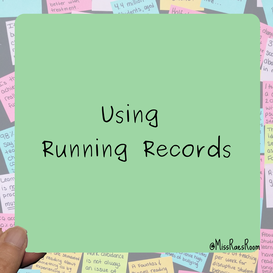
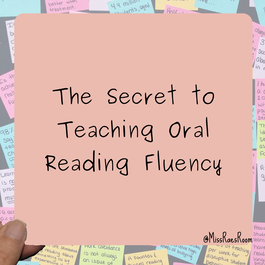
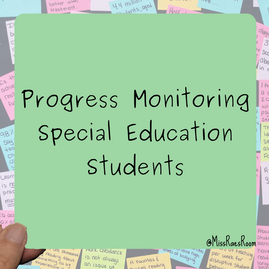

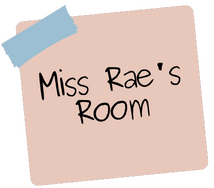
 RSS Feed
RSS Feed